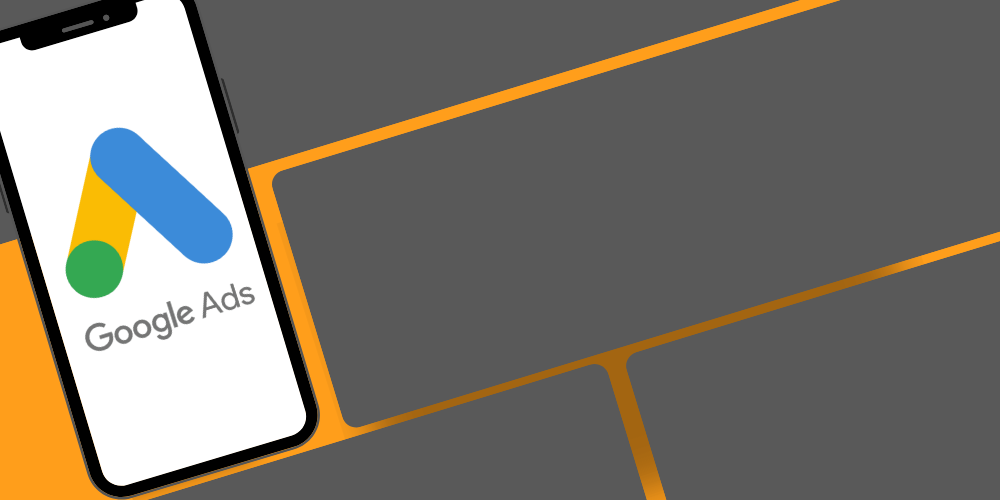One of the most critical aspects of any business is to maximise its profits while minimising expenses. One way of achieving this goal is through effective Google Ads campaigns and implementing techniques that help to increase return on investment (ROI).
Google Ads is an excellent platform for businesses to reach a larger target audience. However, it’s essential to recognise that the ultimate goal of a Google Ads campaign is not just attracting clicks but converting them into a sale or lead. Here are some strategies to optimise Google Ads campaigns:
Research and Analysis
Before launching a Google Ads campaign, it’s important to conduct thorough research and analysis. You need to create a list of relevant keywords that people use online to search for your services or products. Think about what you would search for if you wanted to find your business and use that as a starting point. Google Keyword Planner and SEMRush’s Keyword Magic Tool are excellent resources for researching keyword ideas. Also, explore the competition’s ads and landing pages to find out the type of content that converts into sales or leads.
Structuring Campaigns
Structuring a Google Ads campaign appropriately is vital to ensure it achieves its maximum potential. You can create multiple ad groups within a campaign and then align those with targeted keywords and match-type variations. This will help to match user search with the ad copy and landing page, increasing the chances of conversion.
For example – say you are a business selling coloured t-shirts. Your campaign would be for “T-Shirts” and you would have ad groups within the campaign for each colour and match type as follows – “Green T-Shirts – Broad Match”, “Green T-Shirts – Exact Match”, “Blue T-Shirts – Broad Match”, “Blue T-Shirts – Exact Match” and so on.
Writing Compelling Ad Copy
One of the most important parts of a Google Ads campaign is the ad copy used to capture users’ attention. The ad copy must be clear, concise, and engaging to attract users to click and navigate to the landing page. Using ad assets, such as callouts, sitelinks, or structured snippets, also helps increase an ad’s real estate, highlighting unique selling points (USPs) and generating more clicks.
Think about what sets your business or products apart from the competition – have you won awards or are you known for anything specific? Highlight special features and any ways that your business/product can solve a particular problem to really stand out among the competition.
Landing Page Optimisation
A landing page is the page where users land after clicking on a Google Ad. The first thing you should think about is where you want those clicks to go to – the homepage is not always the best option. Think about our T-Shirt business example – if someone is looking for green t-shirts specifically, then send them to a page which only has green t-shirts to make for a better user experience.
Secondly, optimising the landing page is crucial to improve the user experience and convert clicks into sales or leads. A landing page should be concise, clear, and aligned with the ad copy. It must cater to the users’ requirements on the page, demonstrate the product or service clearly, and include a prominent call-to-action (CTA).
Check out our blog Enhancing Website User Experience for more tips.
Setting up Conversion Tracking
Tracking conversions is critical to determine campaigns’ effectiveness and ROI. Conversion tracking measures the number of sales, leads, or sign-ups a Google Ads campaign generates, so if it’s not set up correctly you won’t know how effective your campaigns are or be able to determine the best-performing keywords and ad groups. Once you have this information, you can then allocate the budget to top-performing campaigns and pause or make adjustments to low-performing ones. Doing this makes the most out of your daily budget and increases your chances of getting a higher ROI.
A/B Testing
A/B testing is a technique used to test two ad layouts against each other to determine which one generates more clicks or conversions. A/B testing can be performed on ad copy, landing pages, and ad extension variations. A/B testing enables businesses to gain insights into what works or doesn’t work for their audience. Implementing the findings will increase the click-through rate and ROI.
Campaign Optimisation
Campaign optimisation is an evolving process that requires an in-depth analysis of the data collected through conversion tracking. Campaigns’ performance will fluctuate, and it’s crucial to determine what has caused the fluctuations and make adjustments accordingly. Campaign optimisation requires consistent monitoring of the campaign’s performance, fine-tuning ad copy, and landing pages, adding negative keywords, adjusting bid strategies, and reviewing performance analytics.
But be careful – making too many changes or making changes too quickly can also affect your campaigns performance. For every change you make, the campaign needs to adjust, so it will enter into a “learning phase” while it figures out how to handle them.
Negative Keywords
Negative keywords are keywords that prevent your ads from displaying for irrelevant search queries. Using negative keywords helps in saving ad budget and improving the quality of traffic. It helps to avoid irrelevant clicks that are driving up the campaign’s cost but not contributing to sales or leads.
Think about things that could show up for your business or might be related to your business name that you don’t want to appear for. For example – if you don’t have a YouTube account, “YouTube”, “Video” and “Tutorial” could be negative keywords. Or maybe your business is called Fleetwood Plumbing – then you could add “Fleetwood Mac” or “Mac” to your negative keywords. This is especially important if you are using any broad match types in your keywords.
Conclusion
In conclusion, the strategies and techniques listed in this blog can help businesses to maximise their ROI through effective PPC campaigns. Proper research, analysis, ad copy, landing page optimisation, conversion tracking, and campaign optimisation are essential elements that determine the success of a Google Ads campaign. Implementing these techniques and consistently monitoring the campaign’s performance can result in better conversion rates, increased sales, and lead generation.
For more information on PPC campaigns check out our Paid Advertising Blog Section – or get in touch and see how we can help grow your business.




